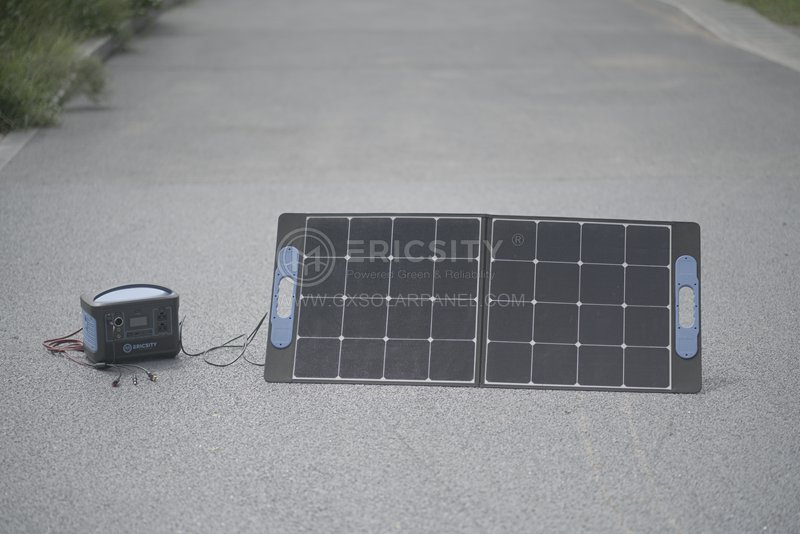HOT PRODUCT
Product Details
amorphous Flexible Solar Panels: Lighting Up The World Sustainably
Amorphous Flexible Solar Panels: Lighting Up The World Sustainably
Solar energy has emerged as a game-changer in the quest for sustainable and renewable sources of power. As the world becomes increasingly conscious of the environmental impacts of traditional energy sources, the need to harness the power of the sun is gaining traction. Among the latest breakthroughs in solar technology are amorphous flexible solar panels, a revolutionary innovation driving the transition towards a greener future.

Amorphous flexible solar panels, also known as thin-film solar panels, boast several advantages over their crystalline counterparts. Traditional solar panels are made of crystalline silicon, which makes them bulky, rigid, and heavy. This limits their versatility and applicability. In contrast, amorphous flexible solar panels are made of thin semiconductor materials, such as cadmium telluride or amorphous silicon. This composition allows them to be lightweight, incredibly thin, and, most importantly, flexible.

The flexibility of amorphous solar panels unlocks a wide range of possibilities for harnessing solar energy. These panels can be integrated into various surfaces and shapes, including curved structures, fabrics, or even backpacks. This versatility enables solar energy to be harnessed in places where traditional solar panels would be impractical, if not impossible. Imagine a future where every building surface, from windows to roofs, can seamlessly generate solar power.
One of the key advantages of amorphous flexible solar panels is their manufacturing process. Unlike crystalline silicon panels, which require high temperatures and energy-intensive processes, thin-film solar panels can be manufactured using lower-cost methods such as roll-to-roll printing or deposition. This makes the production of amorphous solar panels more efficient and less resource-intensive. As a result, the cost of harnessing solar energy decreases, making it more accessible to a wider range of users.

Aside from their practicality and cost-effectiveness, amorphous flexible solar panels offer increased performance in certain conditions. They are known for their ability to generate electricity even in low light conditions, such as cloudy days or shaded areas. This advantage sets them apart from traditional solar panels, which rely heavily on direct sunlight. Thanks to their unique design and materials, amorphous flexible solar panels continue to generate power more efficiently under diffused or indirect light.
The versatility and lightweight nature of amorphous flexible solar panels have also found applications in remote or off-grid settings. These panels are an ideal solution for powering devices in areas without access to traditional power sources. From powering communication devices in rural areas to bringing electricity to disaster-stricken regions, amorphous flexible solar panels have the potential to improve the quality of life for communities worldwide.

Furthermore, amorphous flexible solar panels are contributing to the aesthetic transformation of urban landscapes. Integrating these panels into architectural designs allows for sustainable energy generation without compromising the visual appeal. This aspect facilitates the mainstream adoption of solar energy, as it can complement existing infrastructure seamlessly.
While amorphous flexible solar panels offer a host of benefits, there are still challenges to be addressed. The efficiency of thin-film solar panels is currently lower than that of crystalline silicon panels. However, continuous research and development efforts are focused on improving efficiency and making amorphous solar panels more competitive.
In conclusion, amorphous flexible solar panels hold tremendous potential in revolutionizing the solar energy sector. Their flexibility, lightweight nature, and ability to generate electricity even under low light conditions make them an attractive alternative to traditional solar panels. As the demand for renewable energy increases, these panels will play a crucial role in lighting up the world sustainably. With ongoing advancements and refinements, the future of solar energy continues to brighten.




